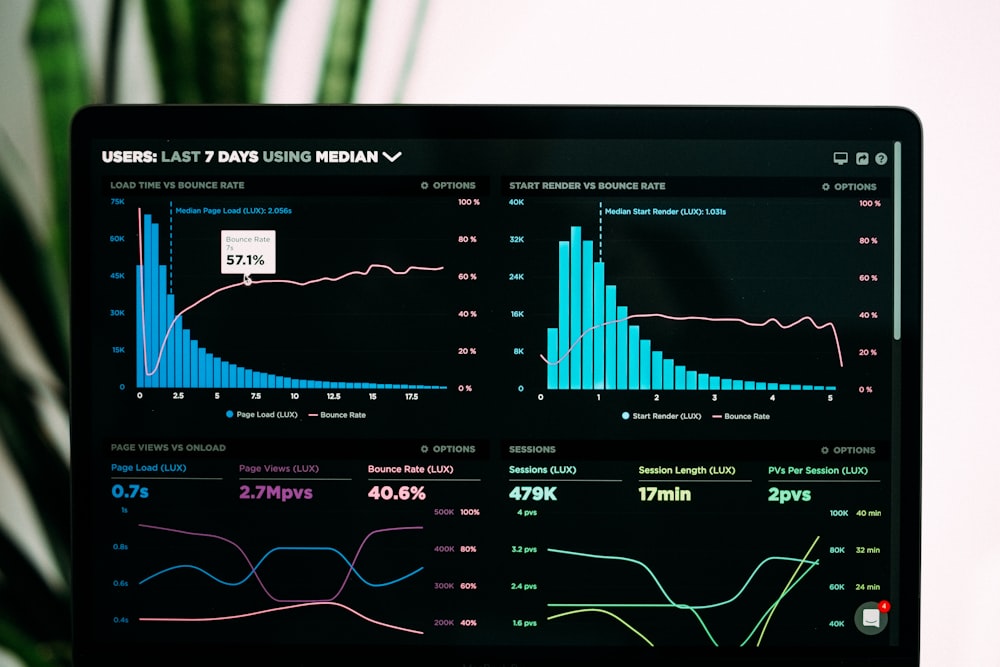The Solar Revolution
How 2025's Tech Leaps Are Forging an Unstoppable Energy Future
Solar energy isn't just evolving—it's undergoing a metamorphosis. In 2025, sunlight-to-electricity conversion rates once deemed impossible are now commonplace, perovskite materials are shattering efficiency ceilings, and solar panels are morphing into sleek, multifunctional powerhouses.
The Efficiency Frontier: Silicon's Heirs Take Charge
Solar technology has vaulted past the era of bulky, low-yield panels. Today's leaders leverage quantum physics and nanotechnology to squeeze unprecedented power from every photon:
Bifacial Harvesting
By capturing reflected light, these panels boost output by 15–30% in high-albedo environments like deserts or white-roofed buildings 1 . Paired with tracking systems, they redefine "peak sun hours."
2025's Efficiency Champions (Residential Panels) 2 7
| Rank | Manufacturer | Model | Power (W) | Efficiency (%) |
|---|---|---|---|---|
| 1 | Aiko Solar | Neostar 3P54 | 495 | 24.8 |
| 2 | Maxeon | Maxeon 7 | 445 | 24.1 |
| 3 | LONGi Solar | Hi-MO X10 | 490 | 24.0 |
| 4 | Jinko Solar | Tiger NEO | 515 | 23.8 |
| 5 | Canadian Solar | TOPHiKu6 | 470 | 23.0 |
The Perovskite Puzzle: Cracking the Stability Code
No material embodies solar's promise—and fragility—like perovskites. Though cheap to produce and highly tunable, they historically degraded within months outdoors. The Helmholtz Berlin experiment revealed why:
The Crucible: Thermal Cycling as a Stress Test
Led by Prof. Antonio Abate, researchers subjected cells to brutal temperature swings (-150°C to +150°C), mimicking decades of field exposure in weeks 8 . The step-by-step assault:
Deep Freeze
At -150°C, perovskite layers contracted, creating micro-cracks.
Rapid Heating
Sudden jumps to +150°C expanded adjacent materials (like metal electrodes) faster than the perovskite, delaminating interfaces.
Chemical Migration
Ions (e.g., lead, iodide) diffused into charge-transport layers, poisoning cell chemistry.
"Thermal stress is the decisive factor in degradation. Encapsulation can block moisture, but thermal swings are unavoidable—we must engineer resilience."
Degradation Triggers Exposed by Thermal Cycling 8
| Stress Factor | Observed Damage | Impact on Efficiency |
|---|---|---|
| Thermal contraction | Micro-cracks in perovskite film | 15–20% initial drop |
| Layer delamination | Charge loss at electrode interfaces | 30% decline after 50 cycles |
| Ion diffusion | Corrosion of charge transport layers | Permanent cell failure |
Reinventing Resilience: The Scientist's Survival Kit
Fixing perovskites demands atomic-scale surgery. Recent advances deploy a precision toolkit:
Crystal Engineering
Adding dimethylammonium chloride suppresses ion migration, extending lifespan 5x 5 .
Buffer Armor
Ultrathin aluminum oxide layers between perovskite and electrodes prevent corrosion 8 .
Self-Healing Polymers
Thermoplastic polyurethane seals cracks during minor heating cycles 5 .
Graphene-enhanced electrodes
Withstands repeated expansion/contraction, extends cycle life to >15,000 hours.
Research Reagent Solutions for Stable Perovskites 5 8
| Material/Technique | Function | Commercial Impact |
|---|---|---|
| Dimethylammonium chloride | Suppresses ion migration in perovskite lattice | Enables >10-year outdoor operation |
| Aluminum oxide (Al₂O₃) interlayers | Blocks electrode corrosion | Prevents "chemical poisoning" of cells |
| Polyurethane encapsulation | Self-seals micro-cracks during thermal swings | Reduces maintenance costs by 60% |
| Graphene-enhanced electrodes | Withstands repeated expansion/contraction | Extends cycle life to >15,000 hours |
Beyond the Lab: Solar's Real-World Renaissance
2025's solar transcends rooftop panels. Innovations fuse form, function, and scalability:

Virtual Power Plants (VPPs)
Tesla's Autobidder software links 50,000+ home batteries in Australia, creating gigawatt-scale "invisible power stations" that trade solar surplus on demand .

Quantum Dot Windows
Nanocrystals tuned to absorb UV/IR light while transmitting visible light transform skyscrapers into vertical power generators .
The Horizon: Where Solar Goes Supernova
Perovskite tandems are just the opening act. Near-future tech will rewrite energy economics:
Quantum Dot Spectra-Splitting
Custom-tuned nanoparticles capture 40% more solar spectra, pushing efficiencies toward 35% .
Solid-State Solar Batteries
Pairing perovskite panels with solid-state storage (debuting 2027–2030) cuts grid reliance to <10% for homes .
AI-Driven "Solar Skin"
Neural networks optimize panel angles, cleaning cycles, and storage in real-time, squeezing 99% of potential yield from systems 1 .
Solar energy's ascent is no longer about altruism—it's about superiority.
As perovskites stabilize, quantum dots awaken, and AI weaves it all together, we're witnessing the emergence of an energy source that's cleaner, cheaper, and smarter than fossil fuels. The scientists thermal-cycling cells at -150°C aren't just studying degradation; they're forging the bedrock of a solar-powered civilization. In 2025, the question isn't "Can solar power the world?" but "How soon will it own the grid?"
